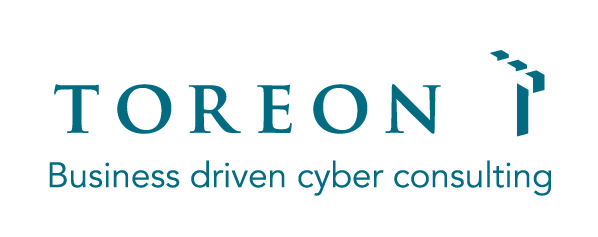At its core, threat modeling is a process that brings the right people together to think about (and hopefully improve) the security of an application or IT system. Technology should always be judged in its ability to support that process, and never as a goal in itself.
In this section, we will talk about a number of guidelines that provide guidance on selecting the right technology and integrating it in your way of working so that the technology maximally supports the threat modeling process, and not the other way around.

